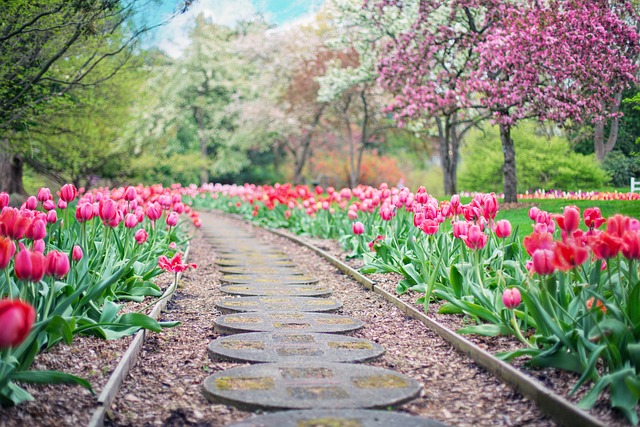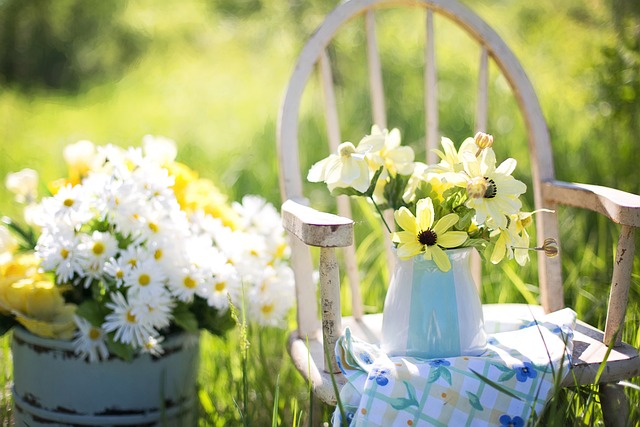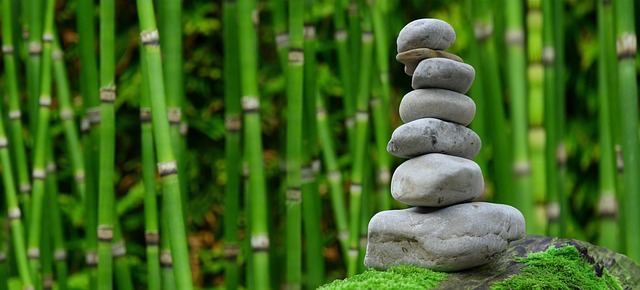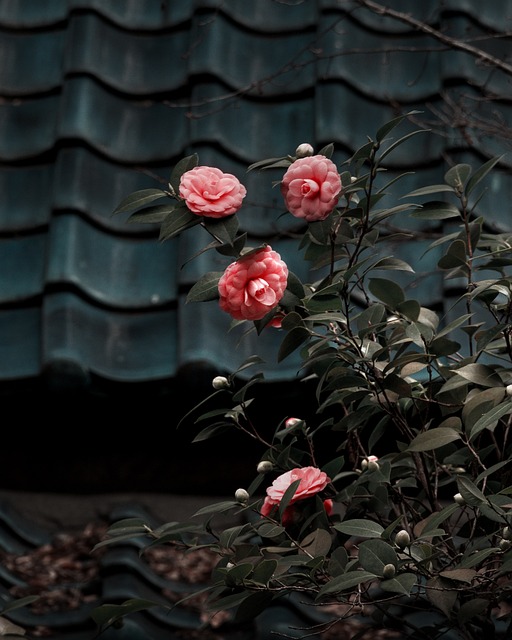Gardening enthusiasts on a tight budget can transform yard waste into valuable mulch through simple DIY composting projects, which serves as an effective and inexpensive garden fertilizer while promoting environmental sustainability. This cost-effective approach to gardening not only reduces waste but also provides a nutrient-rich, weed-suppressing, and moisture-retaining material that enriches garden beds without significant expense. By shredding leaves and grass clippings, you can speed up decomposition and create an affordable garden design that is both aesthetically pleasing and productive. These frugal garden hacks are in line with broader thrifty gardening ideas and offer low-cost landscaping solutions, making them ideal for those seeking budget gardening tips, affordable garden ideas, and money-saving garden tips, particularly for backyard gardening on a budget.
Explore the bountiful world of backyard gardening on a budget with our latest article. Discover how to transform fallen leaves and grass clippings into nutrient-rich mulch, a cost-effective landscaping solution that enriches your garden without straining your wallet. From DIY gardening projects to thrifty gardening ideas, learn how to implement low-cost landscaping techniques for an inexpensive garden design that’s both sustainable and economical. Whether you’re a novice gardener or a seasoned green thumb, these budget gardening tips will elevate your garden’s health while saving money. Dive into the frugal garden hacks that make up our article, ‘Making Your Own Mulch from Fallen Leaves or Grass Clippings,’ and unlock the secrets to affordable garden ideas that promise a lush, thriving garden space on a shoestring budget.
- Maximizing Your Garden's Health on a Budget: Leveraging Fallen Leaves for Mulch
- Grass Clippings as Gold: A Frugal Gardener's Guide to Eco-Friendly Mulching
- DIY Mulch Magic: Transforming Yard Waste into Nutrient-Rich Garden Bedding
- Cost-Effective Landscaping Secrets: Affordable Mulch Solutions for Every Gardener
Maximizing Your Garden's Health on a Budget: Leveraging Fallen Leaves for Mulch

Elevate your backyard gardening on a budget by transforming fallen leaves into nutrient-rich mulch, a zero-cost landscaping material that supports plant health and soil retention. This DIY gardening project not only saves you money but also fosters an eco-friendly approach to affordable garden ideas. By shredding the leaves with a lawnmower or leaf shredder, you create fine mulch that suppresses weeds, conserves moisture, and enhances soil fertility. This cost-effective gardening practice is one of many frugal garden hacks that enable gardeners to implement inexpensive garden design elements without compromising on the health and vibrancy of their gardens.
Embracing nature’s gifts through low-cost landscaping initiatives like using grass clippings as mulch can further augment your gardening budget. This practice enriches the soil with organic matter, improving its structure and nutrient content over time. The benefits extend beyond immediate savings; it’s a sustainable practice that aligns with thrifty gardening ideas, promoting biodiversity and reducing waste. Additionally, incorporating this organic material into your garden design can help in maintaining a consistent soil temperature, which is crucial for plant growth during seasonal changes. These money-saving garden tips are not only practical but also enhance the aesthetic appeal of your outdoor space, making it an oasis of beauty and sustainability that adheres to the principles of budget gardening tips.
Grass Clippings as Gold: A Frugal Gardener's Guide to Eco-Friendly Mulching

DIY Mulch Magic: Transforming Yard Waste into Nutrient-Rich Garden Bedding

Embarking on a gardening journey doesn’t have to be an expensive endeavor. One cost-effective landscaping solution that gardeners can leverage is transforming yard waste such as fallen leaves and grass clippings into nutrient-rich mulch. This not only reduces the amount of waste you dispose of but also enriches your garden beds, making it a prime example of frugal garden hacks. By composting these materials, you create a natural fertilizer that suppresses weeds, retains soil moisture, and improves soil structure, all while saving money on commercial mulch. This process is one of the most affordable garden ideas for those practicing backyard gardening on a budget.
Creating your own mulch is simple and can be integrated into various DIY gardening projects. Leaves and grass clippings can be shredded to speed up their decomposition, which is a key step in the mulching process. This shredding increases the surface area of the material, leading to faster breakdown by microorganisms in the soil. The resulting fine mulch retains more moisture and provides an even layer that suppresses weed growth, making it an excellent money-saving garden tip for those looking to enhance their garden’s health without breaking the bank. Additionally, this homemade mulch can be a part of an inexpensive garden design, ensuring that your outdoor space remains both beautiful and bountiful throughout the growing season.
Cost-Effective Landscaping Secrets: Affordable Mulch Solutions for Every Gardener

Incorporating fallen leaves and grass clippings into your mulch not only enriches your garden’s soil but also proves to be a smart, sustainable, and cost-effective approach to maintaining a healthy, thriving garden. By embracing these low-cost landscaping methods, any gardener can achieve lush vegetation and attractive garden beds without straining their budget. The DIY mulch magic transforms what might otherwise be yard waste into a goldmine of nutrients, showcasing the essence of frugal garden hacks and thrifty gardening ideas. These budget gardening tips and affordable garden ideas exemplify how inexpensive garden design can yield magnificent results. Whether you’re a seasoned green thumb or a novice backyard gardener on a budget, these strategies offer practical solutions to elevate your gardening practice without the financial overhead. Embrace these cost-effective gardening techniques to reap both monetary savings and the satisfaction of nurturing your garden’s natural beauty.
